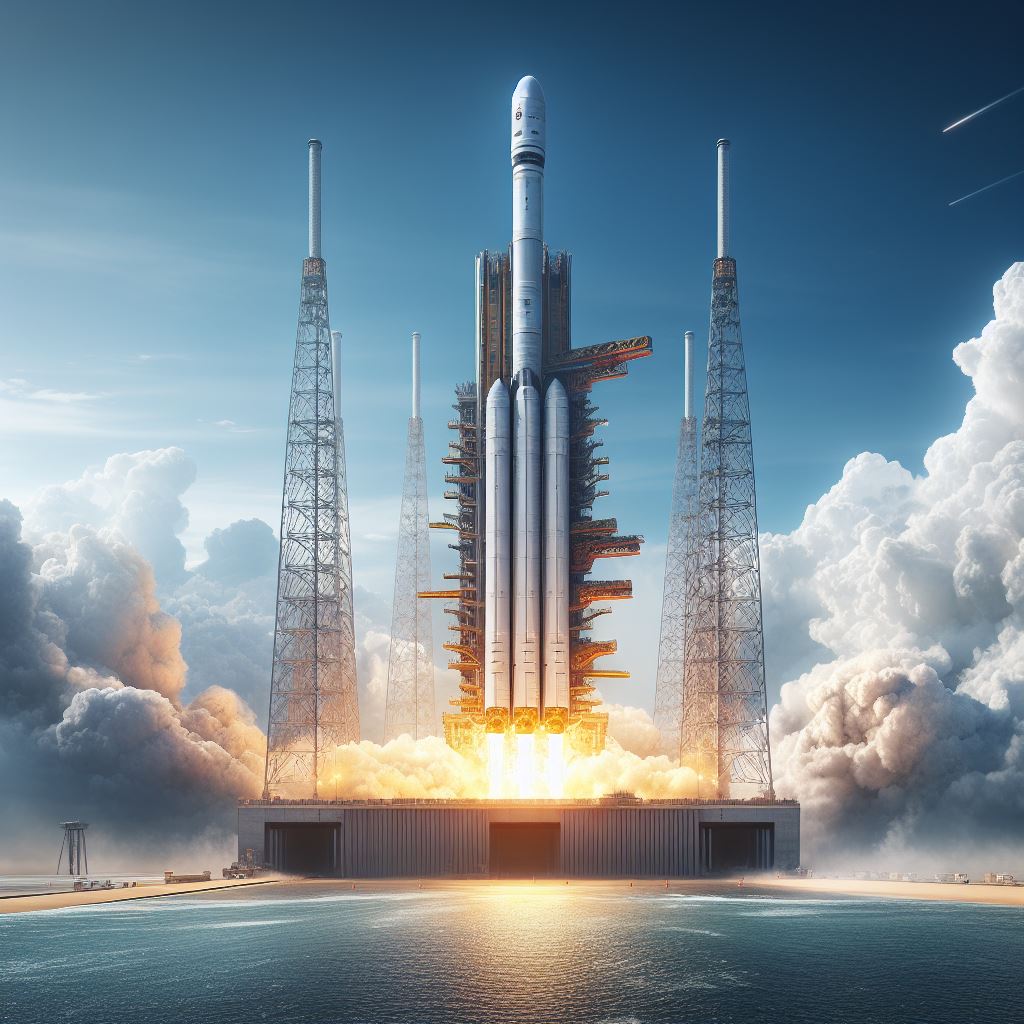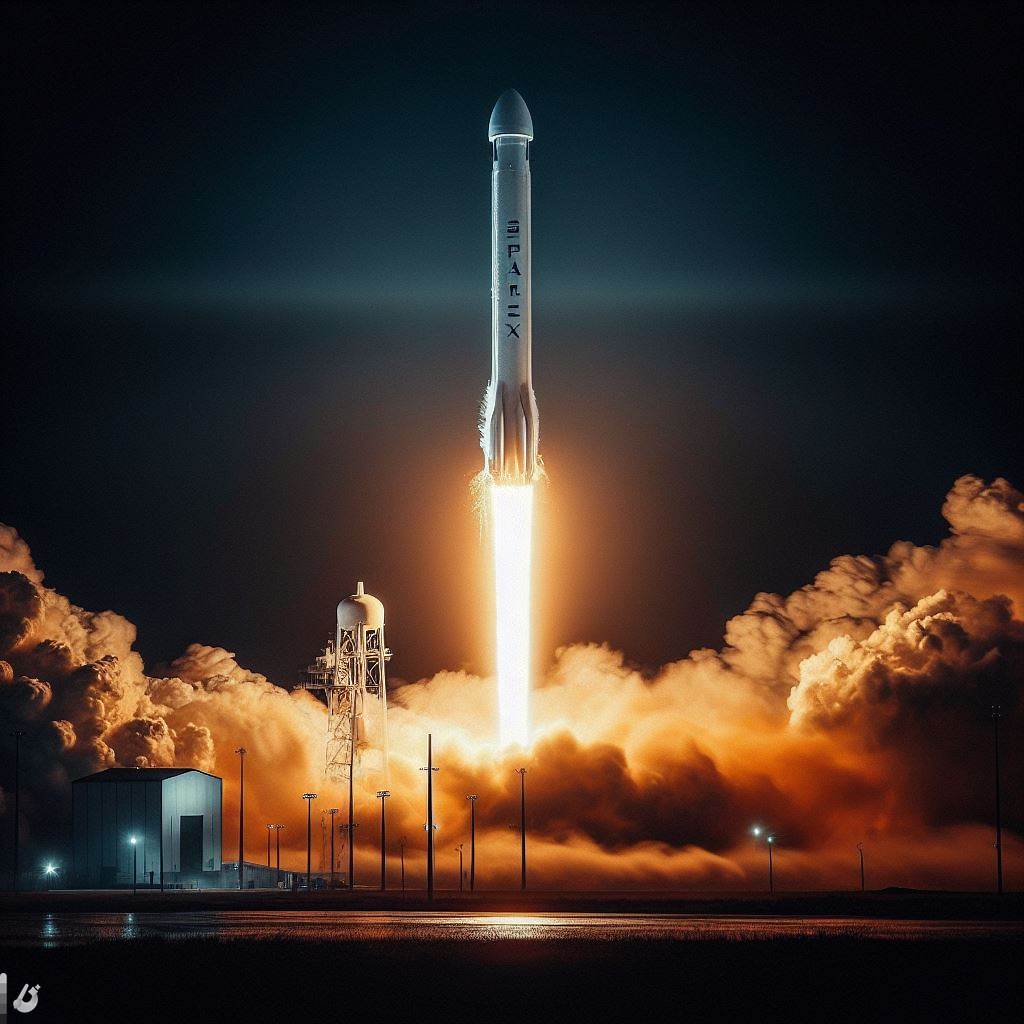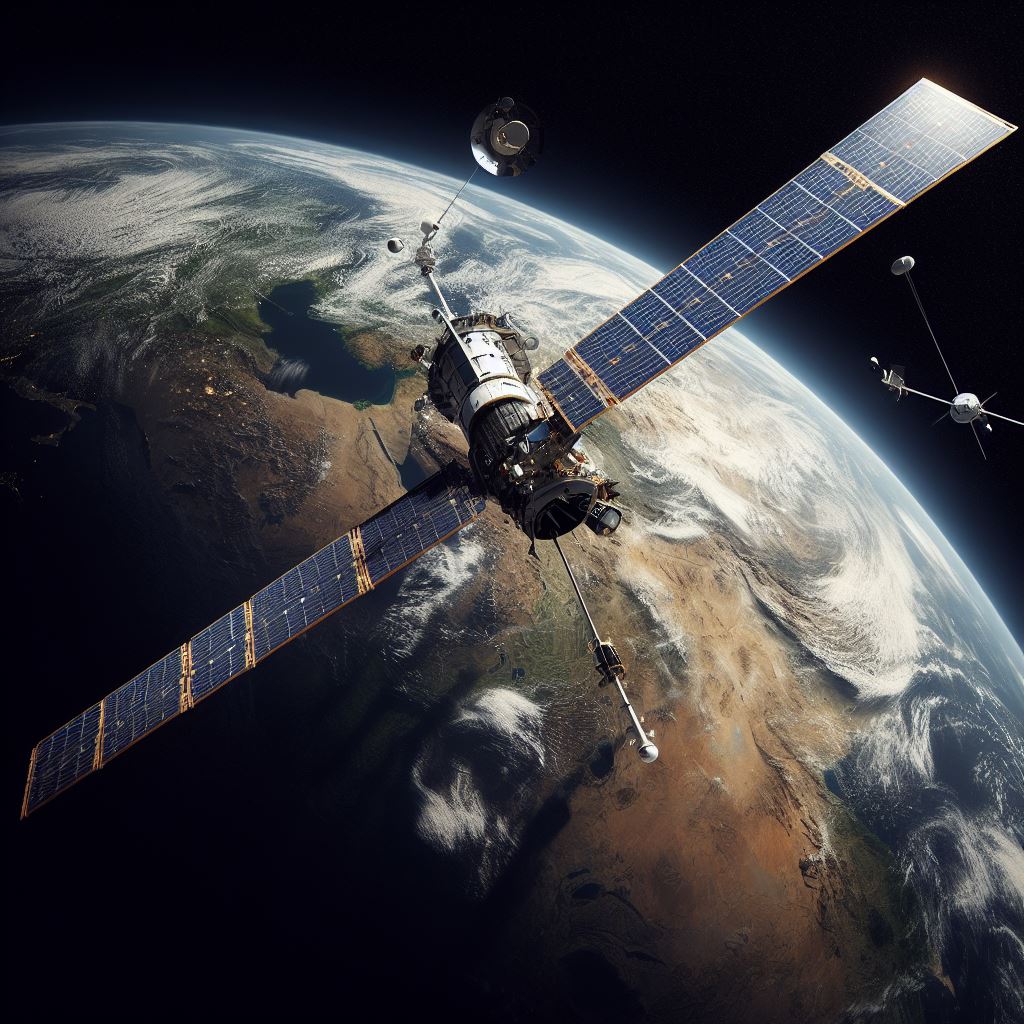· space exploration · 5 min read
10 Surprising Facts About SpaceX
Discover lesser-known aspects of SpaceX's history, achievements, and innovations that have shaped the commercial space industry over the past two decades.
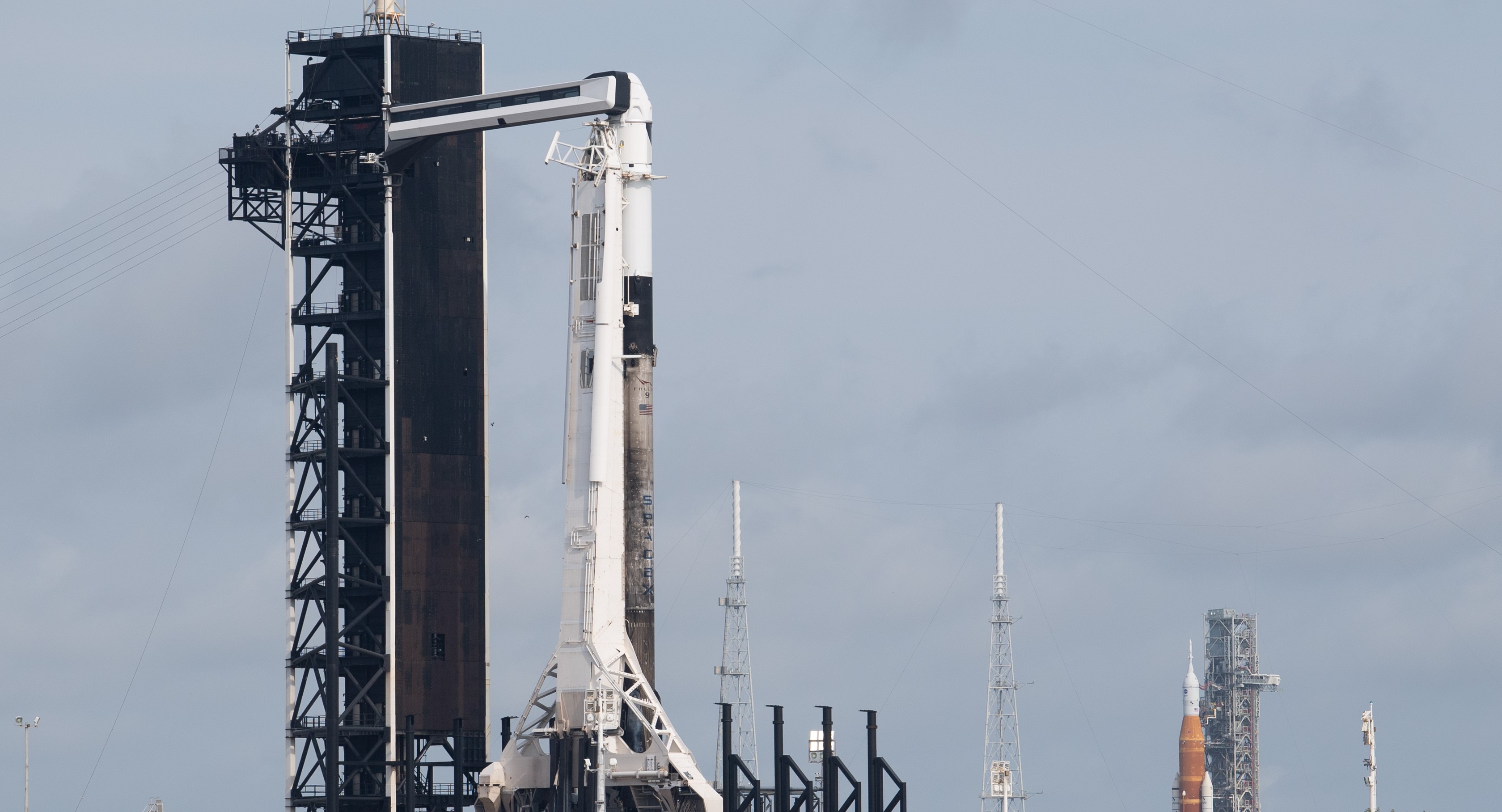
SpaceX has been at the forefront of commercial spaceflight since its founding in 2002. While many are familiar with its recent achievements, there are numerous surprising facts about the company’s history, technology, and impact on the space industry. Here are ten intriguing facts about SpaceX that might surprise even space enthusiasts.
1. SpaceX Has Been Building Rockets for Over Two Decades
Founded by Elon Musk in 2002, SpaceX has been in the rocket-building business for 21 years. Musk started the company after realizing that building his own launch vehicles was more cost-effective and reliable than purchasing them from other suppliers. From the small Falcon 1 to the massive Starship/Super Heavy system, SpaceX has come a long way, approaching 250 total launches - a feat unmatched by many countries considered to be space powers.
2. Falcon 1 Only Flew Five Times
SpaceX’s first rocket, the Falcon 1, had a remarkably short operational life. Developed between 2002 and 2006, it only flew five times before being retired. The first three launches failed, but the fourth launch on September 28, 2008, successfully reached orbit, making SpaceX the first privately-funded company to launch a liquid-fueled rocket into orbit. After one more successful launch in 2009, the Falcon 1 was retired as SpaceX shifted focus to the larger Falcon 9.
3. Falcon 9 Is the Most Prolific Commercial Rocket
The Falcon 9, SpaceX’s second rocket design, has become the most frequently launched commercial rocket in history. Announced in 2005 and first launched in 2010, the Falcon 9 has completed 226 launches as of 2024, with 224 successes. This impressive track record makes it not only the most prolific commercial rocket but also one of the most reliable launch vehicles overall. The latest versions can lift 22,800 kg to low Earth orbit, and its first stage can land and be reused multiple times.
4. Falcon Heavy - Not Quite the Biggest, But Still Impressive
When Elon Musk announced the Falcon Heavy in 2011, it was touted as a game-changer for heavy-lift capabilities. While it’s not the largest rocket to ever go into orbit - that honor belongs to NASA’s Saturn V - the Falcon Heavy is currently the most powerful operational rocket. Standing 70 meters tall with a launch mass of 1,420 tons, it outperforms many historic rockets and remains a key player in SpaceX’s fleet for heavy-lift missions.
5. The Biggest Space System of the Future
On April 20, 2023, SpaceX conducted the first test flight of its Starship/Super Heavy system, potentially the most powerful launch vehicle in history. Although the test ended prematurely, it marked a significant milestone in the development of this massive 120-meter-tall rocket. Once operational, this system is designed to deliver up to 250 tons to low Earth orbit - a staggering 500 times the payload capacity of the original Falcon 1.
As of October 14th, SpaceX has managed to launch the Starship to 70km and then catch its first stage using a novel method where the tower pinches it like chopsticks.
6. SpaceX Builds Most of Its Rockets In-House
Unlike many aerospace companies that rely heavily on subcontractors, SpaceX manufactures approximately 70% of its rockets and spacecraft in-house. This vertical integration allows for rapid innovation, cost control, and quick adaptation to new requirements or design changes. It’s a key factor in SpaceX’s ability to iterate quickly and reduce launch costs.
7. The Company Nearly Went Bankrupt in 2008
SpaceX faced a critical moment in 2008 after three consecutive launch failures of the Falcon 1 rocket. The company was running out of money, and Elon Musk had to make a difficult decision to split his remaining funds between Tesla and SpaceX. The successful fourth launch of Falcon 1 in September 2008, followed by a $1.6 billion NASA contract, saved the company from bankruptcy.
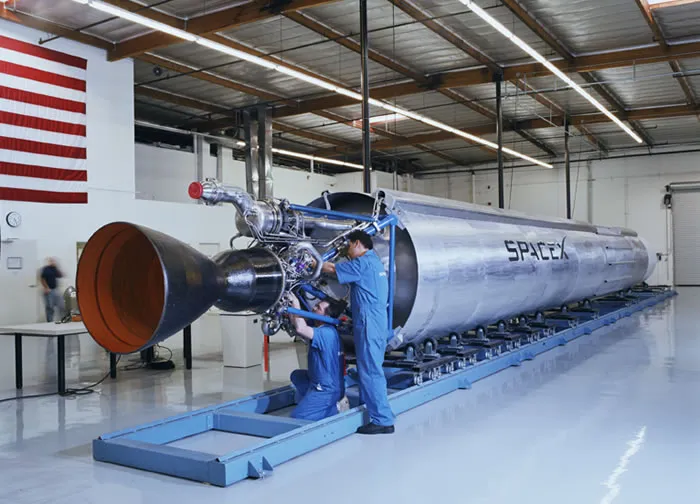
8. SpaceX’s Merlin Engine Broke Efficiency Records
The Merlin engine, used in both the Falcon 9 and Falcon Heavy rockets, has set records for thrust-to-weight ratio. The Merlin 1D variant achieves a ratio of 198:1, making it one of the most efficient rocket engines ever built. This high efficiency contributes significantly to the Falcon 9’s payload capacity and reusability.
9. Dragon Was the First Commercial Spacecraft to Dock with the ISS
On May 25, 2012, SpaceX’s Dragon capsule became the first commercially built and operated spacecraft to dock with the International Space Station. This milestone marked a new era in commercial spaceflight and paved the way for SpaceX’s later crewed missions to the ISS.
10. SpaceX Aims to Make Life Multi-Planetary
Perhaps the most ambitious goal of SpaceX is to make human life multi-planetary. Elon Musk has repeatedly stated that the company’s ultimate objective is to enable the colonization of Mars. The development of the Starship system is a crucial step towards this goal, as it’s designed to be capable of transporting large numbers of people and cargo to the Red Planet.
Conclusion
These facts highlight SpaceX’s innovative approach to spaceflight and its significant impact on the aerospace industry. From nearly going bankrupt to becoming a leader in commercial space operations, SpaceX’s journey is filled with surprising twists and groundbreaking achievements. As the company continues to push the boundaries of space technology, it’s likely to keep surprising us with new milestones and capabilities in the years to come.



